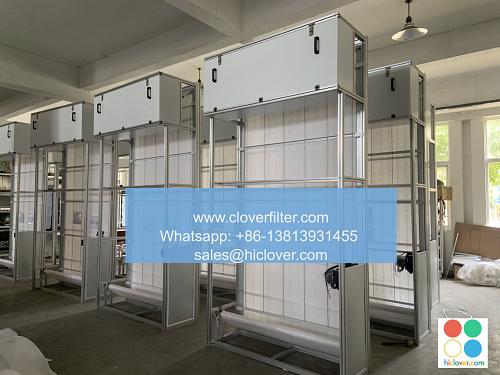Air Filter Reviews: What to Look for When Reading Reviews

When it comes to choosing the right air filter for your home, heating, ventilation, and air conditioning (HVAC) system, or industrial air purification application, reading reviews can be a great way to get a sense of which products are worth considering. However, with so many different types of air filters on the market, it can be overwhelming to navigate the various reviews and determine which ones are truly reliable and trustworthy. In this article, we’ll break down what to look for when reading air filter reviews, including key features to consider, application areas, and red flags to watch out for.
Key Features to Consider
When reading air filter reviews, there are several key features to look for, including:
* Filter efficiency: Look for reviews that mention the filter’s Minimum Efficiency Reporting Value (MERV) rating, which measures its ability to capture particulate matter (PM) and other airborne contaminants.
* Filter type: Consider reviews that discuss the different types of air filters, such as pleated filters, activated carbon filters, and HEPA filters, and how they are suited to different application areas, such as residential HVAC systems, commercial air purification, and industrial dust collection.
* Air flow rate: Check for reviews that mention the filter’s air flow rate, which can impact its ability to effectively clean the air and maintain a healthy indoor air quality (IAQ).
* Filter lifespan: Look for reviews that discuss the filter’s lifespan and how often it needs to be replaced or maintained to ensure optimal performance.
Application Areas
Air filters can be used in a variety of application areas, including:
* Residential HVAC systems: Look for reviews that discuss the use of air filters in home heating and cooling systems and how they can improve indoor air quality (IAQ) and reduce allergy symptoms.
* Commercial air purification: Consider reviews that discuss the use of air filters in office buildings, restaurants, and other commercial spaces to improve IAQ and reduce the risk of airborne illnesses.
* Industrial dust collection: Check for reviews that discuss the use of air filters in industrial settings, such as manufacturing facilities and warehouses, to reduce dust and particulate matter and improve worker safety.
Red Flags to Watch Out For
When reading air filter reviews, there are several red flags to watch out for, including:
* Biased or fake reviews: Be wary of reviews that seem overly positive or negative and may be influenced by the manufacturer or other outside parties.
* Lack of technical details: Look for reviews that provide specific technical details about the air filter, such as its MERV rating and filter efficiency.
* Unrealistic claims: Be skeptical of reviews that make unrealistic claims about the air filter’s performance, such as 100% efficiency or complete removal of all airborne contaminants.
By considering these key features, application areas, and red flags, you can make a more informed decision when choosing an air filter for your specific needs. Remember to always read multiple reviews and consult with a professional if you’re unsure about which air filter is right for you. You haven’t asked a question or provided a prompt for me to respond to. Please go ahead and ask your question, and I’ll do my best to provide a helpful and direct answer.

